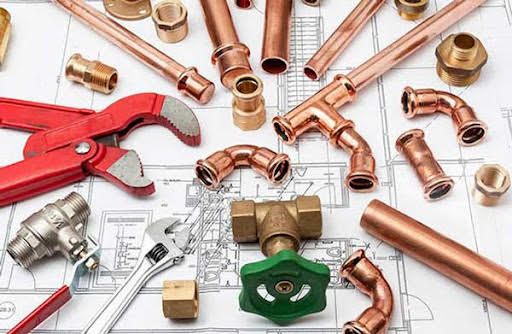What are your ideas about Common Plumbing Problems and How to Prevent Them?

Introduction
Keeping a functional plumbing system is essential for a comfortable home. By taking safety nets, you can stay clear of typical plumbing problems that may disrupt your life and sustain expensive repair services.
Monitor Water Pressure
Watch on your water stress to stop tension on your pipes and home appliances. High water stress can lead to leakages and damage in time. Consider setting up a stress regulator to preserve optimal water pressure throughout your home.
Educate Household Members
Educate everyone in your family regarding appropriate plumbing techniques. Instruct them what need to and shouldn't be flushed or gotten rid of down the drain to avoid preventable plumbing issues.
Shield Pipes from Freezing
Throughout winter, take actions to avoid your pipelines from cold. Insulate revealed pipelines, specifically those in unheated areas like basements and attic rooms. Enable faucets to leak during freezing temperatures to stop water from cold in the pipelines.
Address Leaks Quickly
Address any kind of leaks or drips as soon as you see them. Even small leaks can waste water and trigger damage to your home gradually. Tighten up loosened installations or change worn-out seals to prevent leakages from getting worse.
Normal Maintenance Checks
On a regular basis checking your plumbing system is vital for identifying possible concerns prior to they escalate. Inspect pipes, faucets, commodes, and home appliances for leaks, rust, or signs of wear and tear.
View What You Flush
Be mindful of what you purge down your toilets. Prevent flushing items such as wipes, cotton rounds, sanitary items, and paper towels, as these can create obstructions and back-ups in your pipes.
Appropriate Disposal of Oil and Food Waste
Dispose of grease, oils, and food scraps effectively to stop accumulation in your pipelines. Avoid putting grease away, as it can strengthen and create obstructions. Utilize a filter in your kitchen area sink to capture food particles and vacant it regularly.
Be Gentle with Plumbing Components
Prevent using extreme force when running plumbing fixtures such as faucets and valves. Rough handling can create damage, leading to leaks and various other malfunctions.
Normal Drainpipe Cleansing
Arrange regular drain cleansing to avoid buildup of hair, soap scum, and various other particles. Use a drainpipe serpent or enzymatic cleaner to eliminate clogs and keep smooth drainage.
Set Up Water Softeners
Consider mounting a water conditioner if you have difficult water. Difficult water can create mineral build-up in your pipes and appliances, bring about minimized water flow and performance.
Final thought
Avoiding typical plumbing issues in your home needs diligence and regular upkeep. By complying with these safety nets, you can ensure that your plumbing system runs smoothly and avoid costly repairs in the future.
Expert Tips for Preventing Common Plumbing Issues
Keep Drains Clear and Functional
Regularly clean drain covers and hair-catching devices to eliminate debris and prevent buildup. Avoid disposing of grease, oil, or coffee grounds down your drains, as they can congeal and accumulate over time, creating obstructions. Consider using a biodegradable drain cleaner periodically to break down organic matter and maintain clear pipes. Prevent and Identify Leaks Early
Regularly inspect visible plumbing connections, pipes, and fixtures for signs of moisture or corrosion. Fix loose connections or replace damaged components as needed. Install water leak sensors in high-risk areas such as under sinks, near water heaters, and around washing machines to provide early warning of potential leaks. Monitor your water bill for sudden increases in usage, which may indicate a hidden water leak. Protect Plumbing from Freezing Temperatures
Allow faucets to drip slightly during extremely cold weather to prevent freezing and pressure buildup inside the pipes. Seal gaps and openings in walls, doors, and windows near plumbing to prevent drafts from reaching your pipes. Maintain Optimal Water Heater Performance
Schedule annual professional maintenance of your water heater, including checking pressure-relief valves, flushing sediment buildup, and inspecting for corrosion or leaks. Maintain the manufacturer-recommended temperature setting, typically around 120°F (49°C), to optimize energy efficiency and prevent scalding. Consider installing an expansion tank in your system if you have a closed-loop water supply, which prevents excessive pressure buildup and potential water heater failure. https://www.climatecontrolkc.com/blog/plumbing/tips-for-preventing-plumbing-issues/

I have been very focused on 6 Common Plumbing Problems and How to Fix Them and I'm hoping you enjoyed the entire blog entry. Don't hesitate to set aside a second to share this blog posting if you appreciated it. Thanks for being here. Please pay a visit to our website back soon.
Booking